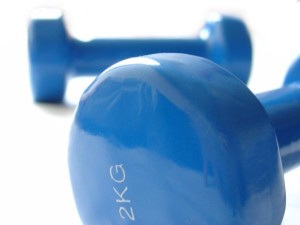 The third question in our series of 13 questions is how does exercise help reduce our bad cholesterol and increase our good cholesterol?
The third question in our series of 13 questions is how does exercise help reduce our bad cholesterol and increase our good cholesterol?
Physical inactivity is now considered one of the prime risk factors that contributes to our poor cardiovascular health and having higher levels of cholesterol (as well as poor diet).
What is cholesterol?
- Is a substance produced in the body or ingested from animal products that helps vitamin d production
- It helps with many hormonal processes in the body
- it helps repair cells in the body, and
- Is part of digestive acids in bile – helps digestion
Carried around the body by two lipoproteins called low density lipoproteins (LDL) and high density lipoproteins (HDL).
- LDL that carries the cholesterol is small and dense, while the HDL that carries the cholesterol is larger and described as fluffy. The small dense LDL is more likely to force its way into smaller damaged areas (inflamation from smoking, poor diet, inactivity and obesity) in the arteries and contribute to the building of blockages and clots than the HDL carried cholesterol.
How does exercise help?
- Exercise keeps us in a healthy shape and weight range, this then reduces the bad cholesterol levels our body produces.
- Stimulates enzymes (proteins that cause reactions in the body) that shift those LDL (bad cholesterols) from the blood to the liver to be converted to bile for digestion.
- Increases the size of the LDL and HDL so they are less likely to push into damage linings of the arteries and reduce inflammation that initiates the clotting or blockage process.
